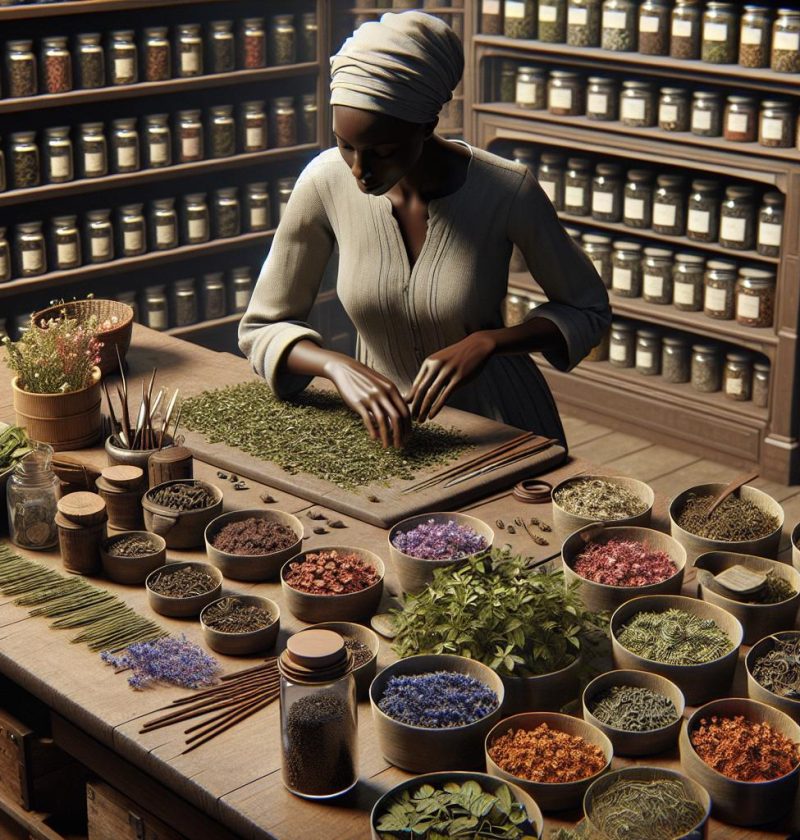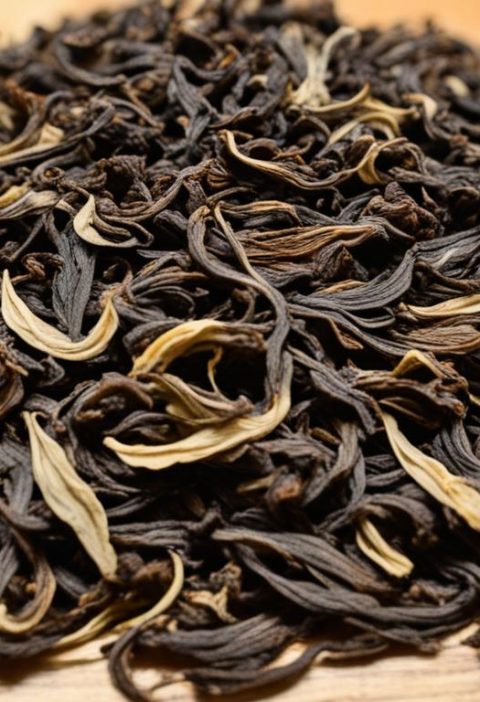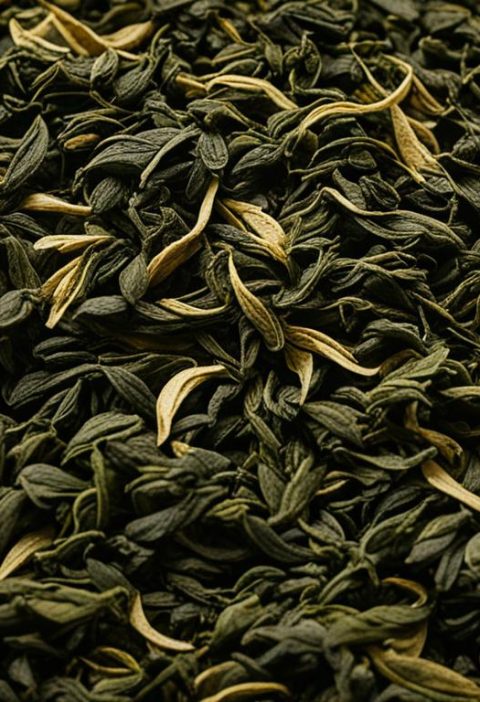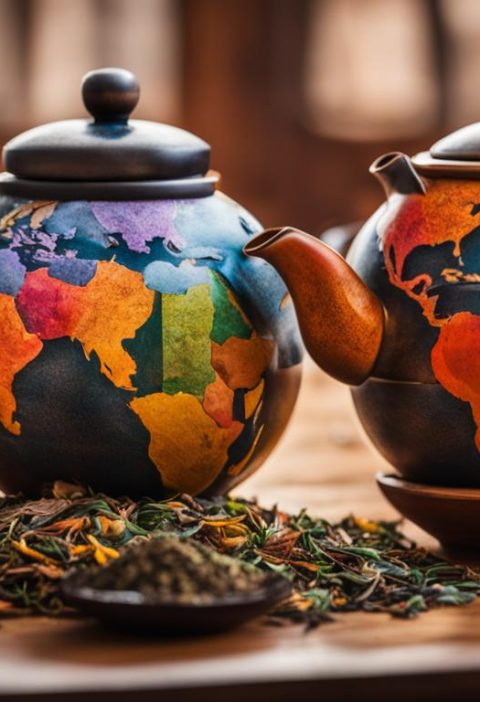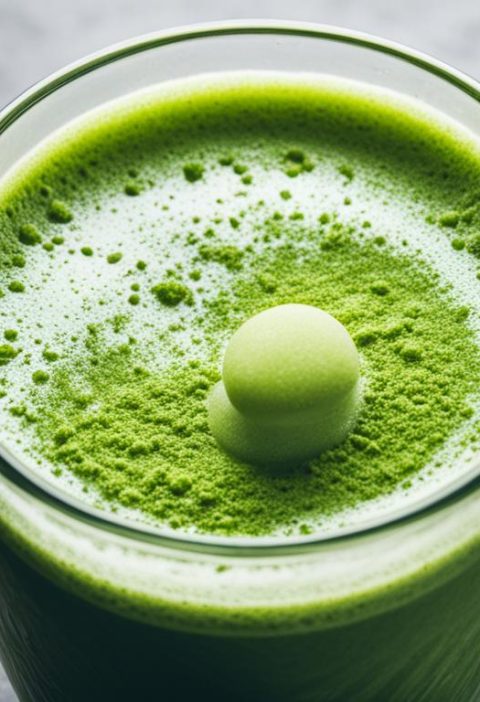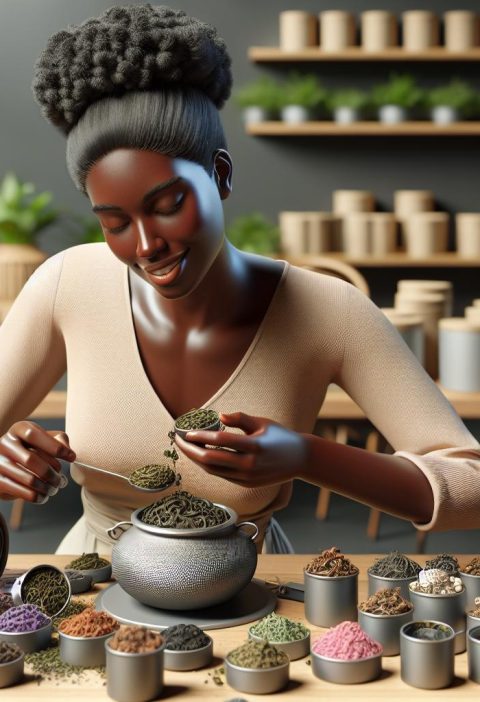When it comes to brewing loose tea, we’re all about exploring unique techniques that elevate our tea-drinking experience. From the traditional methods to the innovative approaches, there’s a whole world of brewing possibilities waiting to be discovered. Whether you’re a tea aficionado or just starting your tea journey, mastering these techniques can unlock a whole new level of flavor and aroma in your cup.
Traditional Brewing Methods
When it comes to brewing loose tea, traditional methods have stood the test of time and continue to offer a delightful tea-drinking experience. Here’s a breakdown for different experience levels:
For Beginners: Getting Started on the Right Foot
- Stick to Simplicity: Start with basic teaware, such as a teapot or infuser.
- Water Temperature Matters: Use an electric kettle with temperature settings or simply let the water cool for a few minutes after boiling.
- Steeping Time: Follow the recommended steeping times for different types of tea to avoid bitterness.
For Intermediate Brewmasters: Elevating Your Brew
- Explore Different Teas: Experiment with various loose tea types to understand flavor profiles.
- Adjust Brewing Parameters: Fine-tune your brewing technique by altering the tea-to-water ratio and steeping duration.
- Try Gongfu Brewing: Delve into the art of Gongfu Cha for a more immersive tea experience.
- Invest in Quality Teaware: Enhance your brewing ritual with specialized teapots and gaiwans.
- Understand Tea Origins: Dive deep into the world of tea by exploring single-origin teas and their unique characteristics.
- Age Your Tea: Experiment with aged teas to discover complex, mellow flavors that evolve over time.
Mastering traditional brewing methods is a journey that allows us to unlock the full potential of loose leaf tea, catering to varying levels of expertise and preferences.
Cold Brew Tea: A Refreshing Twist
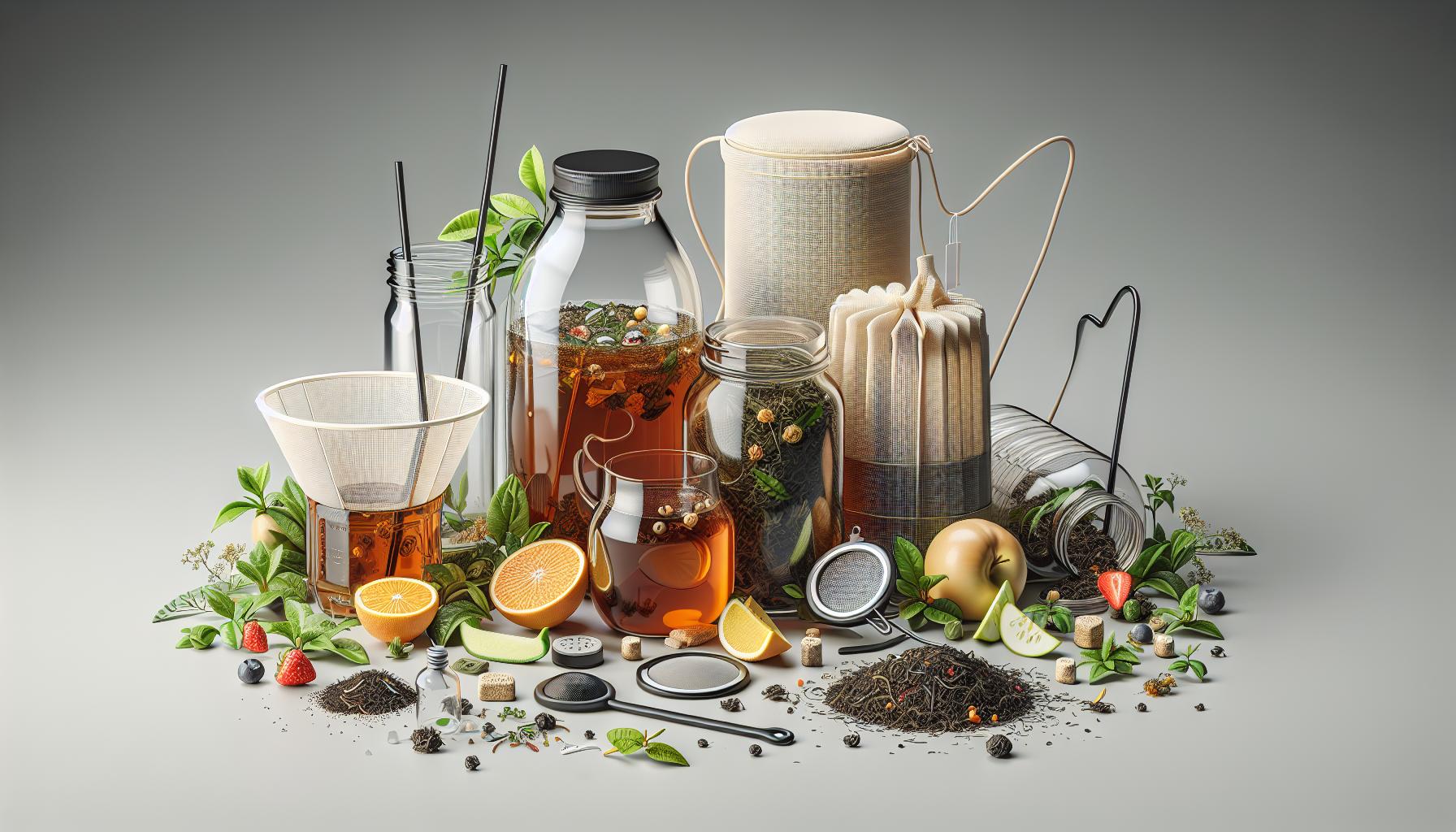
When it comes to extracting the smooth and delicate flavors of tea without heat, cold brew tea offers a refreshing alternative. This method involves steeping tea leaves in cold water for an extended period, resulting in a milder and less astringent brew.
For Beginners: Stepping Into Cold Brew
If you’re new to cold brew tea, start by choosing quality loose leaf tea that suits your taste preferences. Follow these simple steps to get started:
- Select a glass jar or pitcher for brewing.
- Add cold, filtered water to the container.
- Place tea leaves in a filter bag or directly in the water.
- Refrigerate for 8-12 hours for optimal flavor extraction.
- Strain the tea and enjoy it over ice for a cooling experience.
For Intermediate Enthusiasts: Elevating the Cold Brew
For those looking to enhance their cold brew tea experience, consider these tips:
- Experiment with different tea varieties such as oolong or herbal blends.
- Adjust the steeping time to customize the strength of your brew.
- Infuse your cold brew with fruits or herbs for added flavor complexity.
- Explore tea cocktails by mixing cold brew with complementary ingredients.
- Invest in a specialized cold brew tea maker for convenience and consistency.
For Experts: Mastering Cold Brew Artistry
Experienced tea connoisseurs can take their cold brew skills to the next level with these advanced techniques:
- Age tea leaves for a unique depth of flavor in cold brew.
- Harness the principles of food pairing to create harmonious cold brew tea blends.
- Incorporate tea blending to craft your exclusive cold brew creations.
- Host cold brew tea tastings to showcase the diversity of flavors to fellow enthusiasts.
- Explore the world of iced tea sommelier certification for a deeper understanding of cold brew tea mastery.
Delve into the art of cold brew tea to unlock a world of refreshing possibilities and elevate your tea-drinking experience to new heights.
Gong Fu Cha: The Art of Tea Brewing
Gong Fu Cha, which translates to “making tea with skill,” is a traditional Chinese tea brewing method that focuses on bringing out the best flavors of loose leaf tea. Let’s delve into different approaches for various experience levels to master this artistry.
For Beginners: Mastering the Basics
- Start with high-quality loose leaf tea to appreciate the nuances.
- Use small teapots or gaiwans for individual servings.
- Heat water to the correct temperature based on the tea type.
- Conduct multiple short infusions to explore flavor evolution.
For Intermediate Enthusiasts: Enhancing Your Brew
- Experiment with different brewing vessels for varied experiences.
- Focus on perfecting pouring techniques for precision.
- Explore aged or rare teas for a unique taste adventure.
- Understand tea ratios and brewing times for optimal results.
- Master the art of tea ceremony for a holistic experience.
- Source rare artisan teas for unparalleled quality.
- Hone temperature control and pouring accuracy for perfection.
- Invest in Yixing clay teapots for enhancing tea flavors.
| Beginner Tips | Intermediate Tips | Expert Recommendations |
|---|---|---|
| Start with high-quality loose leaf | Experiment with brewing vessels | Master the art of tea ceremony |
| Use small teapots or gaiwans | Focus on pouring techniques | Source rare artisan teas |
| Heat water to the correct temperature | Explore aged or rare teas | Hone temperature control |
| Conduct multiple short infusions | Understand tea ratios and times | Invest in Yixing clay teapots |
Gong Fu Cha offers a rewarding journey for all tea enthusiasts, from novices exploring basic brewing techniques to connoisseurs delving into the intricacies of traditional tea ceremony.
Japanese Kyusu Method: Enhancing Flavor
The Japanese Kyusu brewing method is an excellent way to elevate the flavors of your loose tea. Whether you’re just starting on your tea journey or you’re a seasoned enthusiast looking to try something new, the Kyusu method offers a unique brewing experience. Let’s dive into how you can enhance the flavor of your tea using this traditional Japanese technique.
For Beginners: Getting Started with Kyusu
- Choose a high-quality Kyusu teapot to bring out the best flavors of your tea.
- Use the appropriate water temperature and steeping time for the type of tea you’re brewing.
- Experiment with different tea-to-water ratios to find your preferred strength.
- Practice pouring techniques to control the flow and enhance the infusion process.
For Intermediate Tea Enthusiasts: Refining Your Technique
- Explore different Kyusu styles, such as side-handled or handleless, to see which one suits your brewing preferences.
- Focus on the pour and try techniques like “oshi-ire” to create layers of flavor in your tea.
- Experiment with rare and unique teas to experience the full spectrum of flavors that the Kyusu method can unlock.
- Pay attention to the quality of water you use, as it plays a crucial role in the overall taste of your tea.
- Dive deep into the world of Japanese artisan teapots and select a Kyusu made from quality materials like Tokoname clay.
- Perfect the traditional Japanese tea ceremony alongside your Kyusu brewing for a complete sensory experience.
- Source premium teas directly from Japan to truly appreciate the nuances of flavor that the Kyusu method can bring out.
- Invest in a Yuzamashi (water cooler) to control the water temperature precisely, ensuring optimal brewing conditions.
Embark on a flavorful journey with the Japanese Kyusu brewing method and explore the rich traditions of Japanese tea culture through enhanced flavors and aromas.
Herbal Infusions: Exploring Non-Tea Options
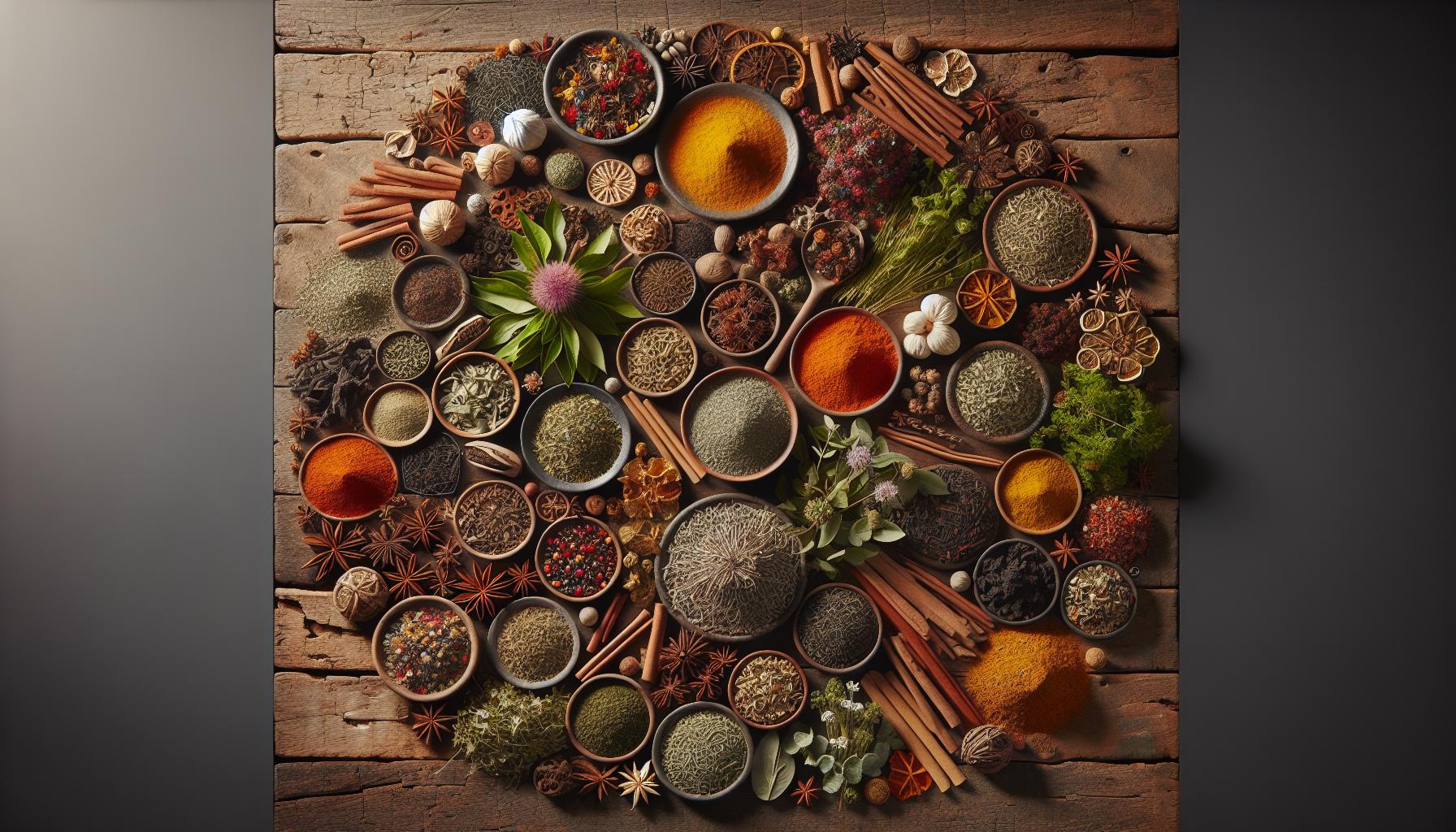
When it comes to unique brewing techniques for loose tea, exploring herbal infusions offers a delightful alternative. Whether you’re a novice tea enthusiast or an experienced connoisseur, venturing into the realm of non-tea infusions can open up a world of flavors and aromas. Let’s delve into different approaches based on your level of expertise.
For Beginners: Dipping Your Toes Into Herbal Infusions
- Start with familiar herbs like mint or chamomile for a gentle introduction to herbal infusions.
- Experiment with single herbs to understand their individual flavors before blending them.
- Opt for dried herbs from reputable sources to ensure quality and freshness.
- Steep herbs in hot water just off the boil and adjust steeping times to control the strength of the infusion.
For Intermediate Enthusiasts: Elevating Your Infusions
- Explore exotic herbs such as lemongrass, hibiscus, or lavender to create complex flavor profiles.
- Blend multiple herbs to craft unique and personalized infusion blends.
- Consider incorporating spices like cinnamon or ginger for added depth and warmth.
- Experiment with cold brewing herbal infusions for a refreshing twist on traditional hot infusions.
- Dive into the world of rare and medicinal herbs like echinacea, ginkgo biloba, or astragalus for specialized infusions.
- Source organic or wildcrafted herbs for the purest flavors and holistic benefits.
- Fine-tune infusion ratios and temperatures to extract the full essence of each herb.
- Create your signature herbal infusion recipes and share your knowledge with fellow enthusiasts.
Herbal infusions offer a versatile canvas for creativity and exploration in the world of loose leaf brewing. Embrace the diversity of botanical flavors, experiment with unique combinations, and let your senses guide you on a flavorful journey through the enchanting realm of non-tea infusions.
Conclusion
Exploring herbal infusions for loose tea brewing opens up a world of creativity and flavor diversity. From familiar herbs like mint to exotic blends, there’s a wide range of options for both beginners and enthusiasts. By focusing on quality sourcing, experimentation with blends, and adjusting steeping methods, we can elevate our tea experience. Delving into rare and medicinal herbs, using organic ingredients, and crafting personalized recipes adds a unique touch to our brewing journey. Embrace the versatility and artistry of herbal infusions to unlock a truly distinctive exploration in the realm of loose leaf teas.
